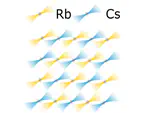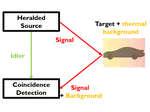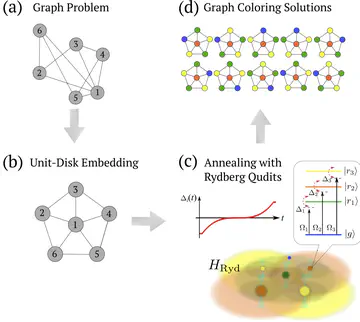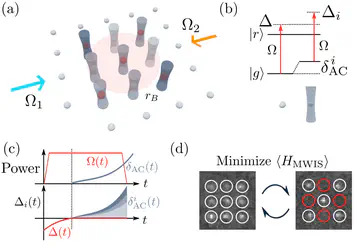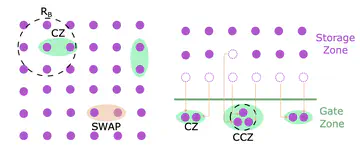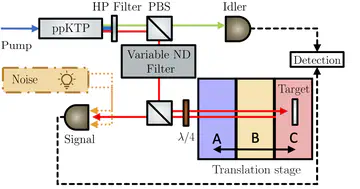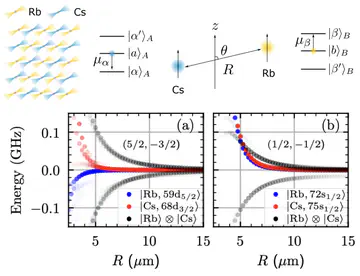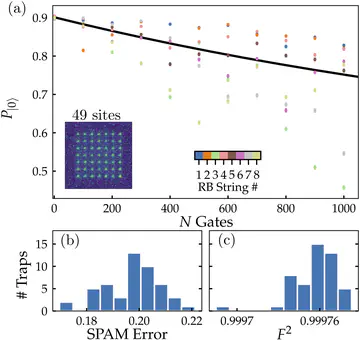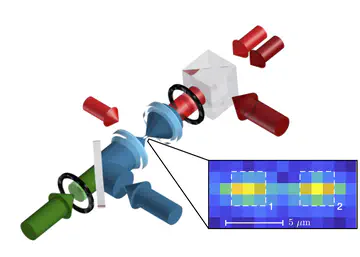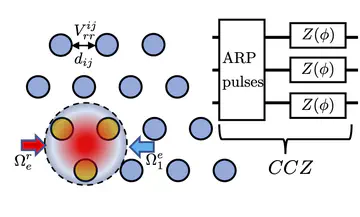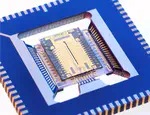Rydberg Atom Quantum Technologies

Welcome to the Rydberg Atom Quantum Technologies team lead by Prof. Jonathan Pritchard, an RAEng Senior Research Fellow at the University of Strathclyde.
Overview
Rydberg atoms are atoms excited to extremely large principal quantum numbers resulting in giant atoms offering exaggerated properties including enormous electric-dipole moments in the microwave frequency range and strong, tuneable long-range interactions. Our research is focused on developing new quantum technologies that exploit these properties to develop scalable platforms for quantum computation and optimisation, and atomic gas sensors for precision microwave field detection and imaging.
Please contact jonathan.pritchard@strath.ac.uk if you are interested in working in within one of our research areas – we have both PhD and PDRA positions available (see below for details) across focused on developing neutral atom quantum computers based on scalable arrays of neutral atoms.
Research
Latest News
Publications
Funding





Open Positons
Previous Projects
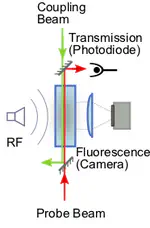
As part of an EPSRC Quantum Technology Fellowship we developed a new experimental apparatus to perform two-qubit operations using individually trapped Cs atoms. Highlights from this work included first demonstrations of single atom imaging using an sCMOS camera, high-fidelity and long-coherence entanglement generation and the first native CNOT gate protocol based on electromagnetically induced transparency. This apparatus has now been rebuilt as part of the Quantum Error Correction using Cryogenic Dual-Species Arrays project which builds on these early milestones and will integrate the system into a 4 K cryostat.
Separately we investigated hybrid approaches to quantum networking by developing optimised NbN resonators at 15 GHz for coupling Rydberg states to superconducting microwave circuits in a 4 K environment in collaboration with the Quantum Devices group at Glasgow University lead by Martin Weides. We have shown theoretically that this system can be used for demonstrations of strong-coupling and active cooling providing Q factors of 105 and above can be achieved.
